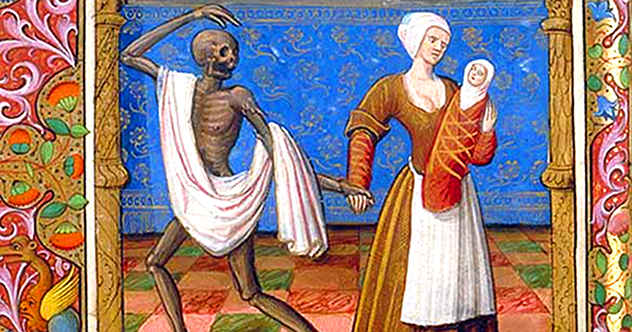

Cosmetic surgery might also be available. In one reported miracle, by St Cosmas and St Damian, a white man whose leg was being destroyed by disease had it amputated and then replaced by the brown leg of a recently dead Ethiopian. The “skin” inevitably prompts discussion of the place of leprosy (or skin lesions thought to be leprous) but an instance is given of attitudes to differences of skin colour. How the senses actually worked was the subject of much speculation, particularly sight for most philosophers believed that the eyes emitted rays of light besides receiving them. Heads decapitated could become useful symbols for the authorities both secular and religious, stuck up as a warning to the populace or revered as relics of a dead saint. This account is full of lively information. The book works its way, chapter by chapter, from the head to the senses, and to skin, bone, heart, blood, hands, stomach, genitals, and feet, with a concluding chapter on “future bodies”. The sources of medical help for the sick are covered, from the academic study emerging in the new universities, to a variety of practical and charlatan assistance. The book begins with a long general chapter on medieval bodies, sketching the realities of medieval life in terms which expect no prior knowledge, and touching rather lightly on religion, philosophy, and medical science. The result is a readable and often successful attempt to impose an orderly framework on this account of a vast range of matters.

It is extravagantly illustrated in colour. Like a medieval pageant, this striking and unusual history brings together medicine, art, poetry, music, politics, cultural and social history and philosophy to reveal what life was really like for the men and women who lived and died in the Middle Ages.THIS is an ambitiously interdisciplinary study, combining medicine, history of art, and with a seasoning of theology. And doctors and natural philosophers were at the centre of a collision between centuries of sophisticated medical knowledge, and an ignorance of physiology as profound as its results were gruesome. In literature and politics, hearts and heads became powerful metaphors that shaped governance and society in ways that are still visible today. In paintings and reliquaries that celebrated the - sometimes bizarre - martyrdoms of saints, the sacred dimension of the physical left its mark on their environment. In Medieval Bodies, art historian Jack Hartnell uncovers the complex and fascinating ways in which the people of the Middle Ages thought about, explored and experienced their physical selves. Dripping with blood and gold, fetishized and tortured, gateway to earthly delights and point of contact with the divine, forcibly divided and powerful even beyond death, there was no territory more contested than the body in the medieval world.


 0 kommentar(er)
0 kommentar(er)
